Odessa Ghetto
Before the Second World War Odessa was part of Soviet Union and about 180,000 Jews lived in the city. Only New York and Warsaw had a larger proportion of Jewish residents. On October 16, 1941, the city was occupied by german and romanian forces. By then about half of the Jews had fled and men had been drafted into the Red army to fight the invaders. Odessa became the capital of the part of Romania called Transnistria. On October 22, a bomb exploded in Romanian headquarters, killing the Romanian military leader in Odessa, general Ion Glojeanu. A total of 67 people died in the attack, including four German naval officers. Responsible for the attack was a group of NKVD men who lingered in the city and mined the headquarters which had previously been the NKVD’s headquarters. The Jews were blamed for the attack and in retaliation 5000 Jews were arrested and murdered. About 20,000 were deported to Dalnik outside Odessa and shot by Nazi mobile killing squads.
After these massacres, part of the remaining Jews were deported to camps in Bogdanovka, Akhmetchetka and Domanevka in the Golta district about 150 kilometres north of Odessa. For the remaining approximately 35,000 Jews, two ghettos were set up in December 1941 in Odessa’s outskirts, one in the Slobodka district and one in Dalnik. The ghettos were extremely primitive and the Jews were left for a week without being allocated accommodation. Thousands died as a result of cold and hunger. In June 1942 most of the Jews were deported via Berezovka to other ghettos. The ghetto in Odessa differed from other ghettos in occupied Eastern Europe cause there were no industries where the Jews were forced to slave labor. Neither was the ghetto surrounded by fences and no Jewish council was established. For the Romanians, the ghettos were a repository and not a place whose inhabitants were used as labour. Odessa was liberated by the Soviet Red army in April 1944, then hardly any Jews were alive in Odessa.
Current status: Partly preserved/demolished with tablets/monuments (2009).
Location: 46°28'18.98"N 30°43'25.57"E (memorial park).
Get there: Bus or tram.
Follow up in books: Arad, Yitzhak: Holocaust in the Soviet union (2009).
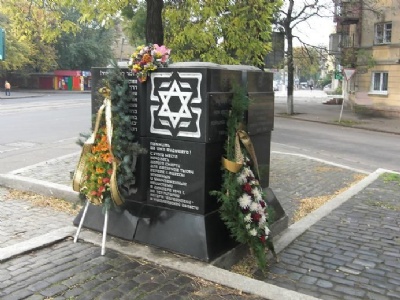
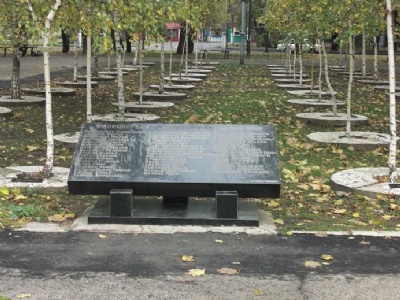
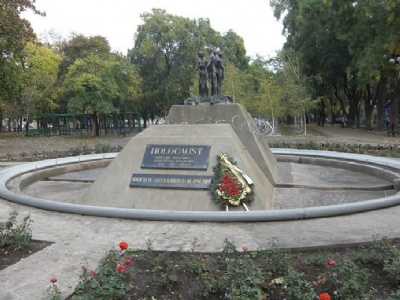
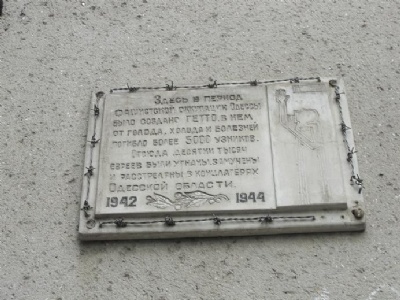
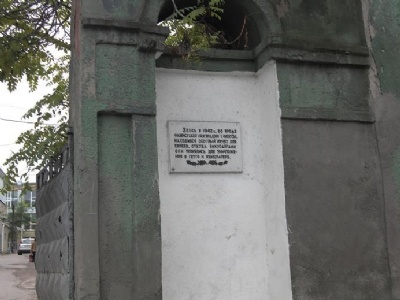
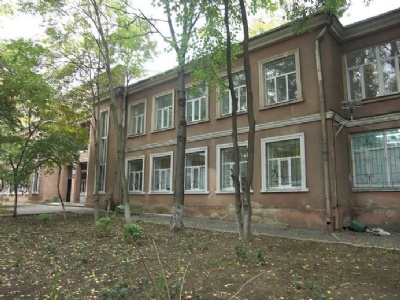
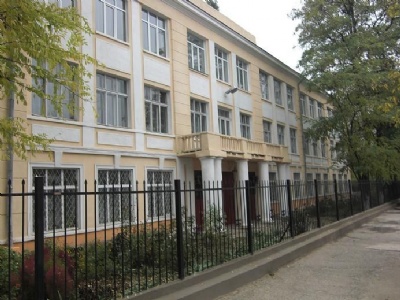
At a Cadet school, the Romanians had set up a prison where Jews were murdered. There is a small modest memorial plaque on the wall at the entrance to honor those murdered. At the entrance to a factory, there is another similar memorial plaque dedicated to those who were deported during the existence of the ghetto. The factory then served as a assembly place for Jews to be deported. Some buildings remain, such as a school for Jewish children in the ghetto and a hospital for ghetto residents. There are additional monuments outside the ghetto at the assembly point from where the Jews were deported to Berezovka.